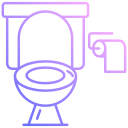
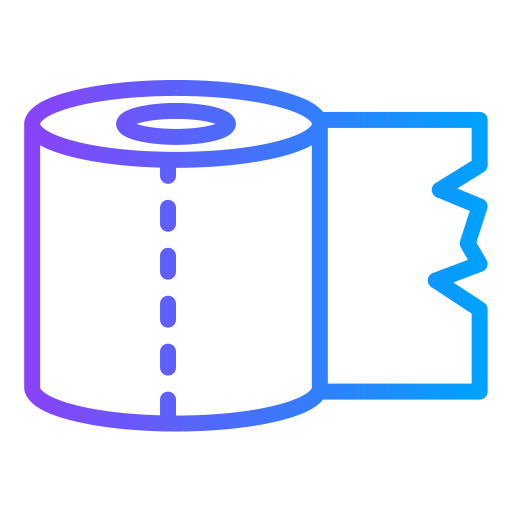
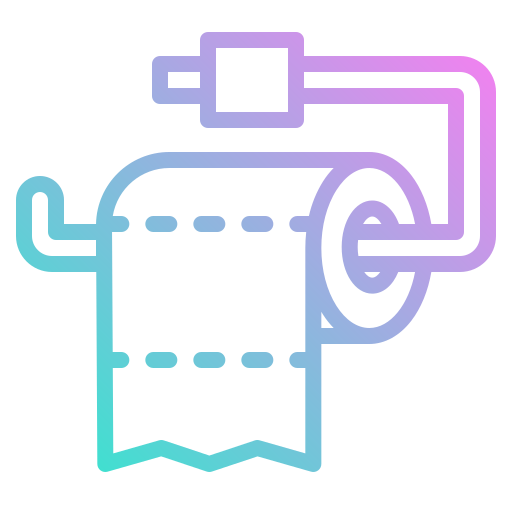


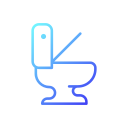
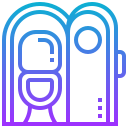
Incorporates Internet of Things (IoT) technology to connect restroom fixtures and systems to a central network. Sensors and automated controls manage various functions, enhancing operational efficiency.
Touchless faucets with sensors that regulate water flow to minimize waste.
Sensors or timers that ensure efficient flushing, reducing water consumption.
Automatic dispensers for soap, paper towels, and hand sanitizer to improve hygiene and reduce waste.
Detect usage to optimize cleaning schedules and reduce energy consumption.
Measure parameters such as humidity and carbon dioxide to ensure a pleasant environment.
Track water consumption to identify leaks and wastage.
Utilizes energy-efficient LED lighting and low-power devices to minimize energy consumption.
Centralized control system collects and analyzes data on usage patterns, maintenance needs, and operational efficiency, allowing for proactive management.
Touchless features minimize contact, reducing the spread of germs and bacteria.
Smart systems optimize water and energy use, leading to significant cost savings.
Real-time alerts for maintenance needs prevent unexpected breakdowns and service interruptions.
Modern amenities and intelligent features provide a high level of comfort and convenience.
Automatic operation of faucets, flush systems, and lighting.
Detailed usage data and maintenance alerts accessible through a central management system.
Seamlessly integrates with building management systems for centralized control and monitoring.